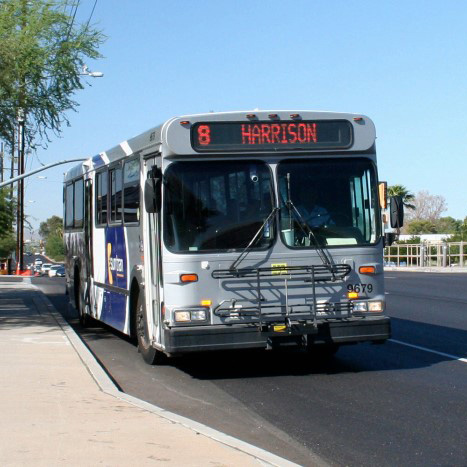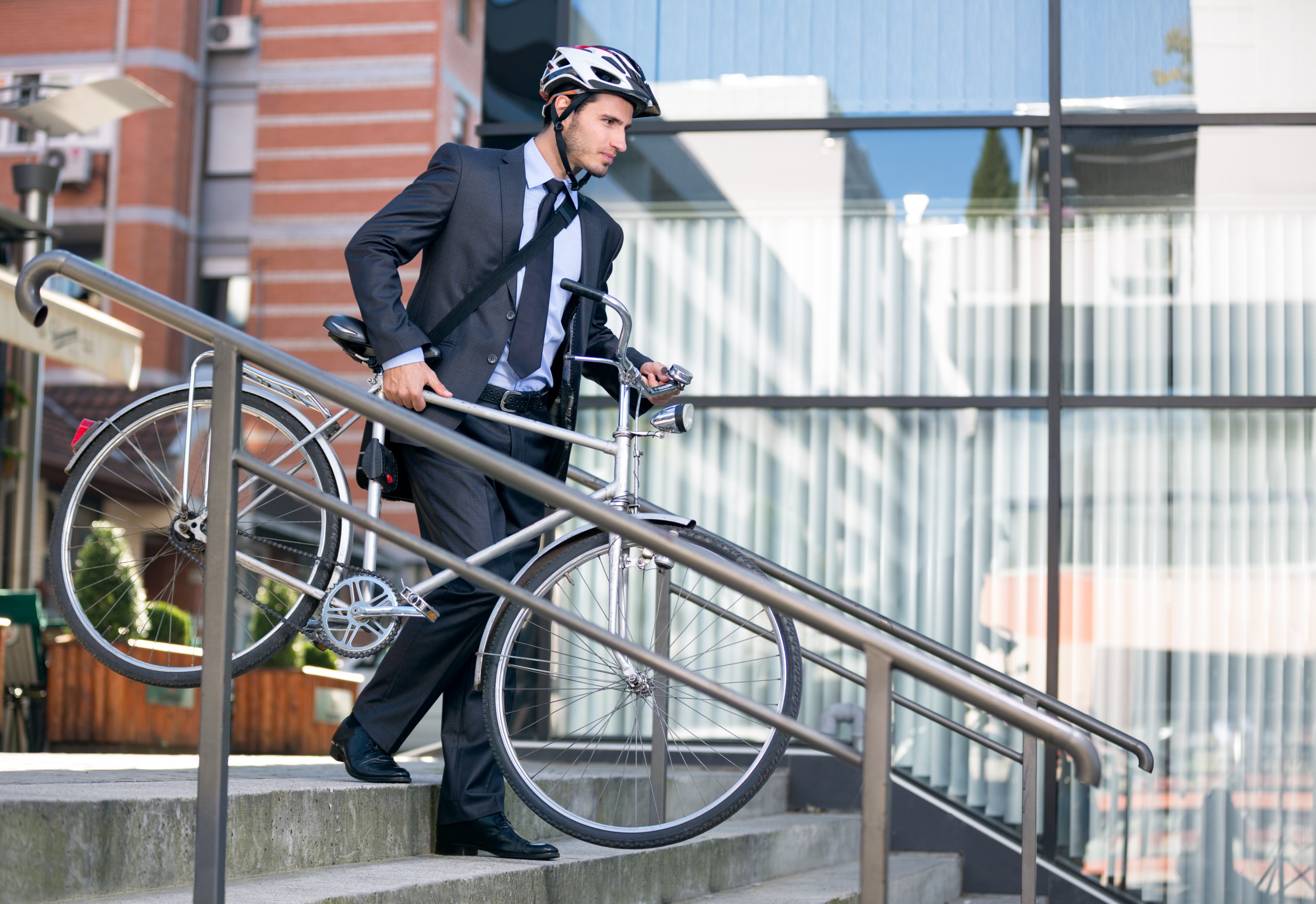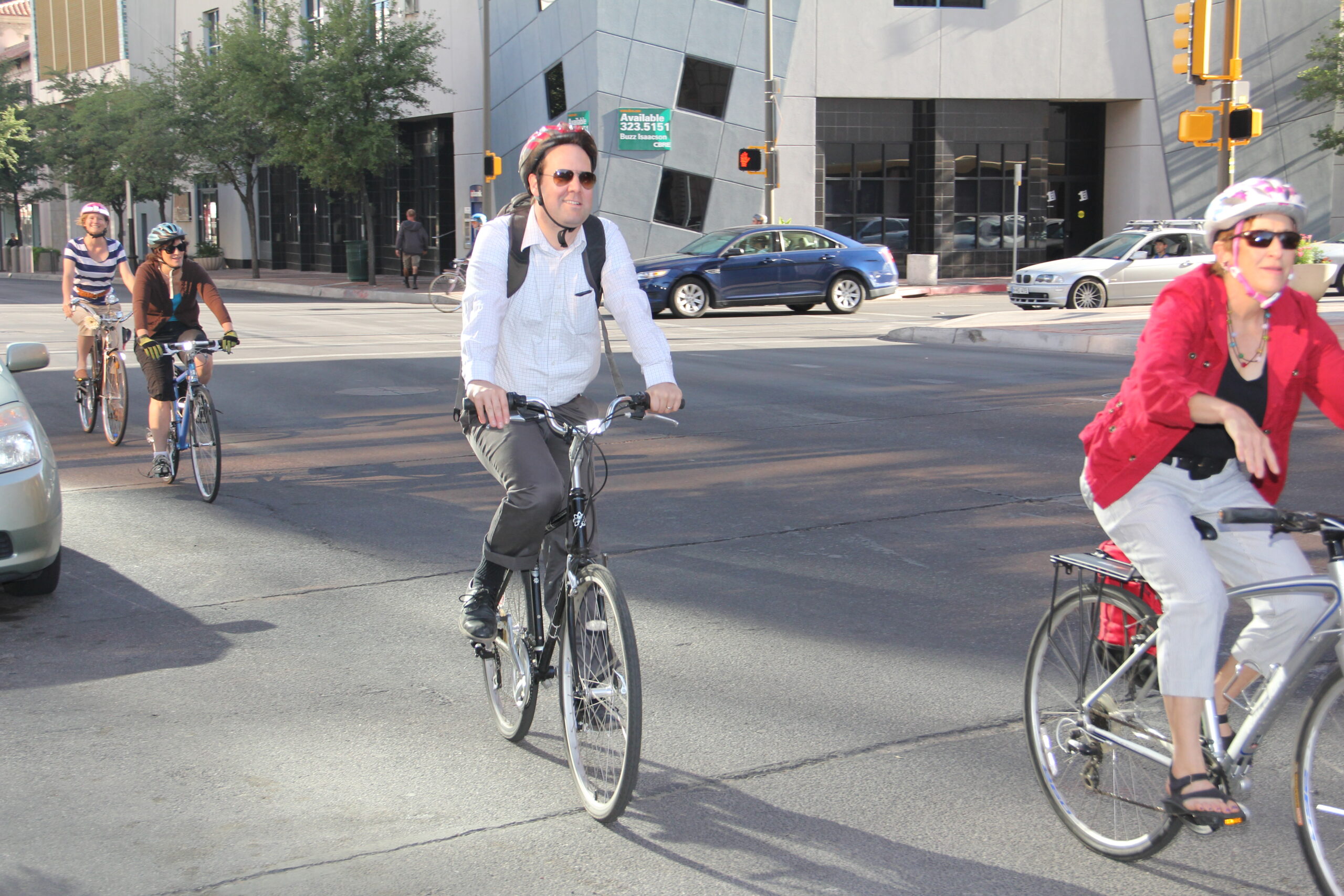Using public transportation is a great way to reduce the number of cars on the road and reduce the amount of harmful vehicle emissions. And why not save money at the same time since the cost of riding the bus adds up to less than your vehicle maintenance costs. But did you know that public transportation is also good for the economy?
Many studies show a connection between investments in public transit services and infrastructure and jobs. This includes construction sector jobs linked to building transit infrastructure and jobs to operate the transit system that serves the public.
Last month the American Public Transportation Association (APTA) released new data highlighting the “growth and economic impact of the public transportation industry in the United States.”
According to its 2025 Public Transportation Factbook, ridership climbed for the fifth straight year after the lows of the pandemic. There were 7.66 billion trips in 2024.
Individual city data was not available for 2024, but the Tucson region saw over 16 million passenger trips in 2023 that accumulated nearly 59 million passenger miles. That was an increase of over 2 million trips from 2022.

Increased ridership is big business. According to APTA, public transportation is a $93.4 billion industry, and it employs more than 430,000 people. Public transportation also “supports several million private-sector jobs, making it a key driver of economic activity in communities of all sizes.”
“These numbers tell a story of resilience and growth, and why investment in public transit and passenger rail is essential,” said Paul P. Skoutelas, President and CEO of APTA. “Public transportation remains the backbone of economic mobility in communities across America, with 87 percent of trips directly impacting the economy by connecting people to work, retail, healthcare, and entertainment opportunities.”
Their data also reveals that 77% of federal transit funds support private businesses through contracts, services and supply chains. Their studies also find that public transportation systems, be it transit, surface rail or railroad, continue to grow.
“What these statistics really show is that public transportation is more than just moving people from point A to point B,” Skoutelas said. “We’re talking about connecting working Americans to economic opportunities, supporting students in their educational pursuits, and ensuring that communities remain accessible and vibrant.”
In the Tucson region, buses, vans and the streetcar provide public transportation. The Regional Transportation Authority’s 2006 voter-approved, 20-year regional transportation plan committed funds for additional evening, weekend and express bus services and streetcar services. RTA funds also go toward special needs transit for the elderly and people with disabilities, neighborhood circulator bus services available for all users, and park-and-ride transit centers.

The original RTA plan expires in June 2026, but a new plan will be presented to voters in March 2026. RTA Next includes $726 million in transit service funding over 20 years. This includes $227 million for continued weekday/evening/weekend and paratransit bus service, $192 million for continued express bus, fixed-route shuttles, dial-a-ride and paratransit services. $121 million for bus frequency and expansion and $70 million for high-capacity transit, subject to grant funding.
“Public transportation serves as a lifeline for communities large and small across America, especially for seniors and people with disabilities,” Skoutelas noted.
The economic return on long-term investments is a big one. According to a 2020 APTA study, the return on the investments is 5-to-1. For every $1 billion invested in public transit job creation, $382 million in tax revenue is generated.
The City of Tucson targeted transportation and logistics as a target industry for future economic growth in its 2022 Comprehensive Economic Development Strategy. Over a five-year span employment in that sector grew by 172%, making Transportation and Logistics Tucson’s fastest-growing industry cluster.
The Sun Link modern streetcar operating in the downtown Tucson area is a perfect example of how public transportation can boost the economy. According to data compiled by the City of Tucson Department of Transportation and Mobility, this project has spurred more than $3 billion in private sector capital investment along the Sun Link route since the service launched in 2014 and created 1,500 new jobs as well as 2,800 construction jobs.
Over 100 new businesses opened along the route within the first three years of operation.
“We’ve seen tremendous economic development as an offshoot from the development of the streetcar,” said Jim DeGrood, the former RTA Deputy Director who currently works as a consultant to the RTA. “Prior to the streetcar, we hadn’t seen a tower crane in the downtown area for 25 years. Then there was a great flurry of activity that followed. We really enjoyed a renaissance in our downtown.”
Environmental benefits come with transit as well. Public transit generates 55 percent of the carbon emissions that a car does. The rise in the use of public transportation saves 6 billion gallons of gasoline a year, according to the Transit Cooperative Research Program.




